No products in the cart.
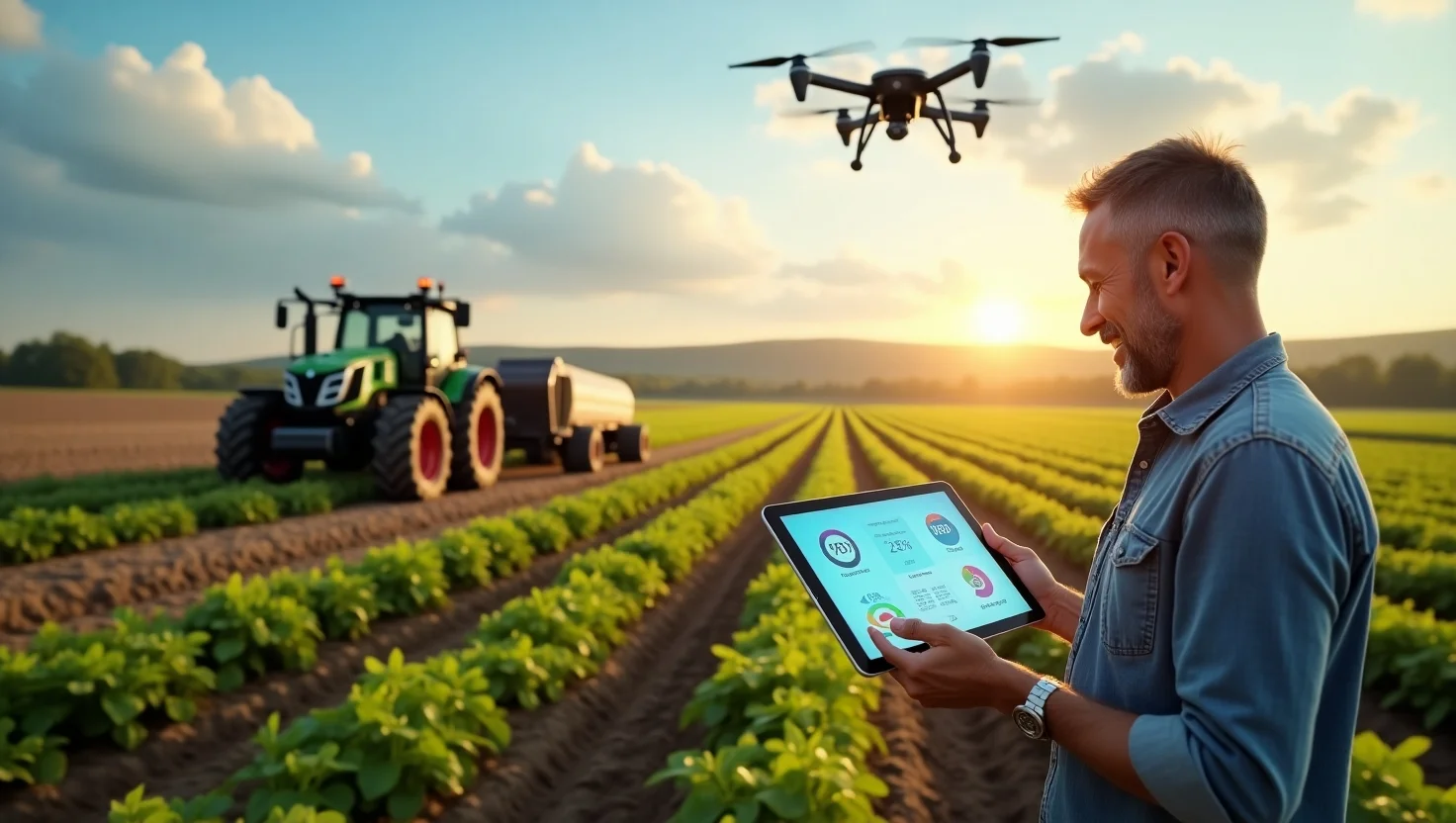
1. Introduction:
Extreme weather events, shifting rainfall patterns, and rising temperatures are no longer future threats, they’re today’s farming reality. Traditional methods are struggling to cope, pushing farmers to rethink how they grow, protect, and manage crops. This is where AI and climate-resilient farming come into play.
Climate-smart agriculture is quickly becoming essential, not optional. By using artificial intelligence, farmers can now access precise weather forecasts, detect early pest infestations, optimize irrigation, and improve decision-making, making farming not just smarter, but more adaptable. In short, AI is becoming a critical tool for resilient crop production.
With global food systems under pressure, there’s a growing need to transition toward sustainable food systems powered by data and technology. AI in agriculture offers promising solutions to help farmers respond proactively to climate shocks, conserve natural resources, and ensure food security for future generations.
This article explores how AI can help build future-proof agriculture, highlighting best practices, success stories, and steps that farmers and policymakers can take to prepare for what lies ahead.
2. What is Climate-Resilient Farming?
Climate-resilient farming refers to agricultural practices that can withstand and adapt to climate-related stresses, whether it’s drought, flooding, extreme heat, or erratic weather. Instead of relying on outdated methods, adaptive farming methods empower farmers to anticipate changes, minimize losses, and maintain crop productivity in uncertain conditions.
This type of farming combines traditional knowledge with modern innovations such as drought-tolerant seeds, sustainable farming practices, and efficient water-use strategies. It also includes the use of data-driven farming tools that help monitor soil health, track climate trends, and optimize planting schedules based on environmental cues.
The goal is simple but urgent: build agricultural resilience that safeguards livelihoods, ensures food security, and reduces dependency on volatile climate patterns. With rising climate variability, even small shifts in rainfall or temperature can impact harvests. Farmers need flexible, tech-assisted solutions that allow them to respond quickly and effectively.
By incorporating climate-resilient agriculture into everyday operations, farmers position themselves not just to survive, but to thrive, in the face of a changing climate. The next step in this journey is understanding how artificial intelligence can accelerate and scale these efforts.
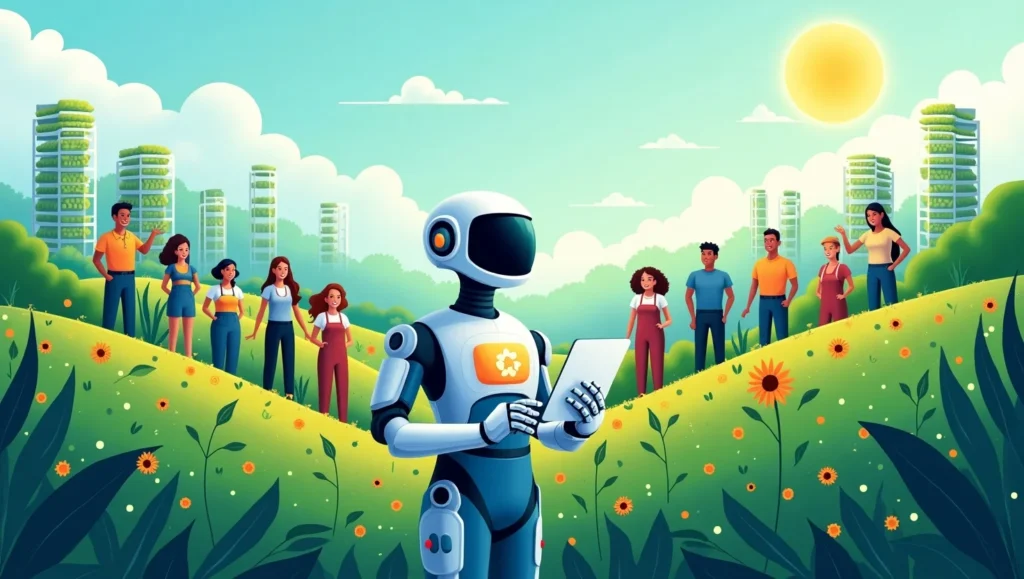
3. The Role of AI in Building Resilience
Artificial intelligence is rapidly becoming a game-changer in climate-resilient agriculture. With access to massive datasets and machine learning algorithms, farmers can now make better decisions faster, transforming how they adapt to climate risks.
AI-powered farming tools analyze satellite imagery, soil sensors, and historical climate records to deliver agricultural data insights in real time. These insights help predict extreme weather events, optimize irrigation schedules, and even detect early signs of crop disease. The result? Better yields, reduced waste, and more efficient resource use.
One of AI’s greatest strengths lies in predictive analytics in farming. By modeling potential climate scenarios, AI allows farmers to prepare for droughts, floods, or pest outbreaks before they happen. This proactive approach reduces losses and ensures more stable food production.
Additionally, AI supports climate adaptation strategies by guiding crop selection based on changing environmental conditions. It empowers small and large-scale farmers alike to implement smarter, real-time decision-making in agriculture, a necessity in today’s unpredictable climate landscape.
As we continue exploring AI’s potential, the next section will delve into specific tools and technologies currently reshaping the farming industry for greater climate resilience.
4. Tools & Technologies Making a Difference
The integration of AI tools in agriculture is revolutionizing how farmers tackle climate stressors. Today’s innovations go beyond theory, they’re already in the field, offering real-world solutions for resilient, sustainable farming.
For instance, AI-based weather prediction tools use satellite data and local sensors to deliver hyperlocal forecasts. This allows farmers to plan planting and harvesting schedules with greater confidence, minimizing climate-related losses.
Meanwhile, smart irrigation systems powered by AI optimize water usage based on real-time soil moisture data and weather patterns. This not only conserves water, a critical resource under climate change, but also boosts crop yields.
Machine learning for farming is also powering disease detection tools that can spot plant stress early using drone imagery and image recognition. These insights allow for targeted treatments, reducing chemical use and crop waste.
Additionally, climate-smart tools like autonomous tractors and agricultural robotics are streamlining labor-intensive tasks and increasing efficiency in areas with unpredictable growing seasons.
Together, these technologies are laying the groundwork for smarter, more climate-resilient farming systems. In the next section, we’ll look at real-world case studies where AI has already made a measurable impact.
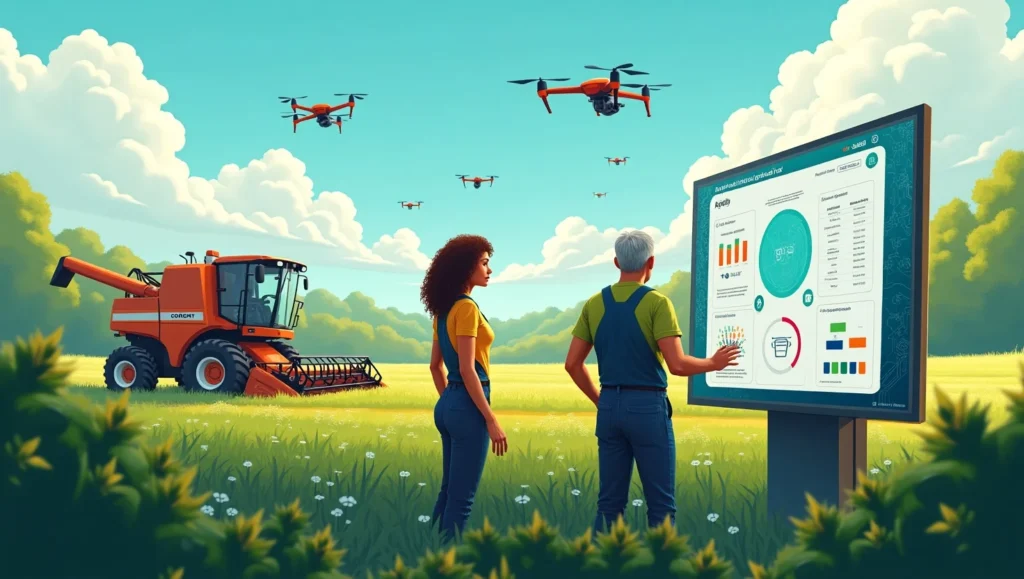
5. Case Studies – AI in Action
Across the globe, AI is making tangible improvements in climate resilience in agriculture, and several case studies highlight its success. In the United States, farmers are using AI-powered solutions to predict drought patterns and optimize irrigation, ensuring water conservation during critical periods. These data-driven farming technologies are not just reducing costs but are also improving crop yields by adapting to real-time climate conditions.
In India, AI is helping smallholder farmers with climate-smart tools that predict weather changes and assist in pest management. These AI systems process vast amounts of data to deliver actionable insights, allowing farmers to take preventative measures that protect crops from pests and diseases, improving food security.
Another example comes from Europe, where AI has been instrumental in optimizing crop rotation systems, reducing the need for pesticides, and ensuring long-term soil health. By leveraging AI farming case studies, we see how farmers worldwide are benefiting from machine learning and advanced data analytics, building AI-driven agricultural innovations that directly address climate challenges.
These examples show how AI can provide sustainable solutions for farmers to adapt to and thrive in a changing climate. In the next section, we’ll explore the potential of AI to shape the future of agriculture on a larger scale.
6. The Future of AI in Climate-Resilient Farming
The future of agriculture lies in further advancing AI in future farming to make systems even more climate-adaptive and sustainable. As technology evolves, we can expect more refined AI-driven agricultural systems that seamlessly integrate with everyday farming practices, optimizing everything from seed selection to harvest timing.
Emerging sustainable agricultural technologies will not only address climate resilience but also work to improve soil health, reduce carbon footprints, and enhance biodiversity. The next wave of smart farming innovations will leverage blockchain for transparency, IoT for precision, and AI for predictive analytics, creating interconnected, highly efficient ecosystems.
AI’s role in shaping next-gen farming technologies is crucial. With the growing challenges of climate change, AI solutions will continue to evolve, offering tailored, climate-adaptive AI solutions to meet the specific needs of different regions and crops. These innovations will help farmers mitigate risks, reduce environmental impact, and maximize productivity, ultimately ensuring that food systems remain resilient in an unpredictable climate.
As we move forward, the full potential of AI will be realized as it transforms farming into a more data-driven, efficient, and sustainable practice, ensuring food security and climate resilience for future generations.
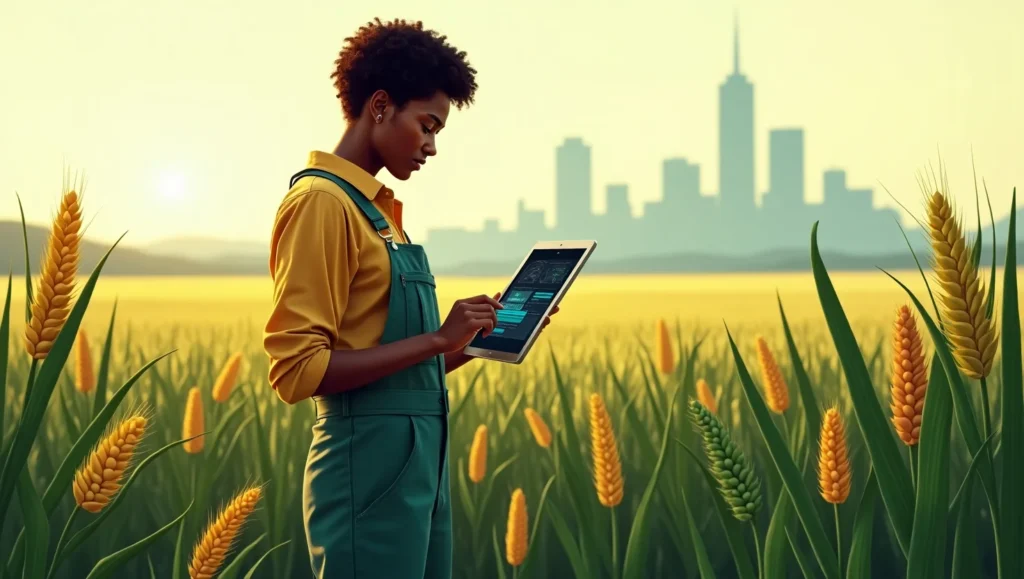
7. Conclusion and Call to Action
As the climate crisis intensifies, AI solutions for farmers are becoming essential in ensuring food security and agricultural sustainability. From climate-smart agriculture to cutting-edge tools that enhance productivity and reduce environmental impact, artificial intelligence is the cornerstone of building climate-resilient farming systems for the future.
Adopting sustainable farming practices powered by AI will help farmers navigate the complexities of agriculture and climate change, making them better equipped to face climate-related challenges head-on. Whether it’s improving resource efficiency, optimizing crop production, or predicting weather patterns, AI is unlocking new possibilities for farmers worldwide.
Now is the time for farmers, policymakers, and industry leaders to embrace the potential of AI. It’s not just about survival; it’s about AI-powered resilience that helps farmers thrive in the face of climate uncertainty. Investing in AI tools, data-driven technologies, and climate-adaptive strategies today will ensure a more secure, sustainable future for global food systems.
Take action now! Start integrating AI into your farming practices, explore AI tools, and stay informed about new advancements to secure a resilient future for your farm and for agriculture as a whole.
FAQs:
Q1. How does AI help in climate-resilient farming?
AI assists by providing real-time data analysis, predicting weather patterns, optimizing irrigation, and detecting diseases, enabling farmers to adapt to changing climate conditions.
Q2. What are climate-smart agriculture practices?
These are sustainable farming techniques that incorporate AI tools, such as precision farming and resource-efficient methods, to minimize environmental impact and increase crop yields.
Q3. What are some examples of AI-powered farming technologies?
Examples include smart irrigation systems, AI-based weather prediction, and machine learning tools for disease detection and pest management.
Q4. How can AI help farmers with climate change?
AI supports farmers in adjusting to climate variability by providing predictive analytics for crop planning, reducing resource use, and increasing crop resilience to extreme weather events.
Q5. What is the future of AI in farming?
The future of AI in farming includes advanced machine learning algorithms, autonomous farming systems, and more precise climate adaptation strategies that enhance sustainability and productivity in agriculture.
Related Articles
Livestock Farming
AI in Aquaculture: How Smart Tech is Transforming Fish Farming
1. Introduction: The world’s appetite for seafood is growing fast, yet traditional...
Livestock Farming
The Future of Farming: Why AI-Powered Tractors Are Gaining Popularity
1. Introduction: Across the world, farmers are grappling with rising costs, shrinking...
Livestock Farming
Using AI to Track Livestock Health and Prevent Disease Outbreaks
1. Introduction: In recent years, livestock farmers around the world have faced...
Livestock Farming
How Machine Learning Is Changing Fertilizer Application on Farms
1. Introduction: For decades, farmers have applied fertilizer using general formulas, blanket...
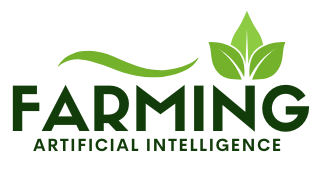
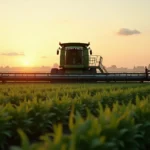

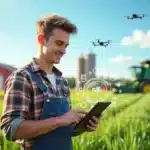

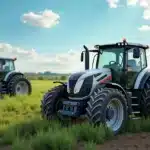


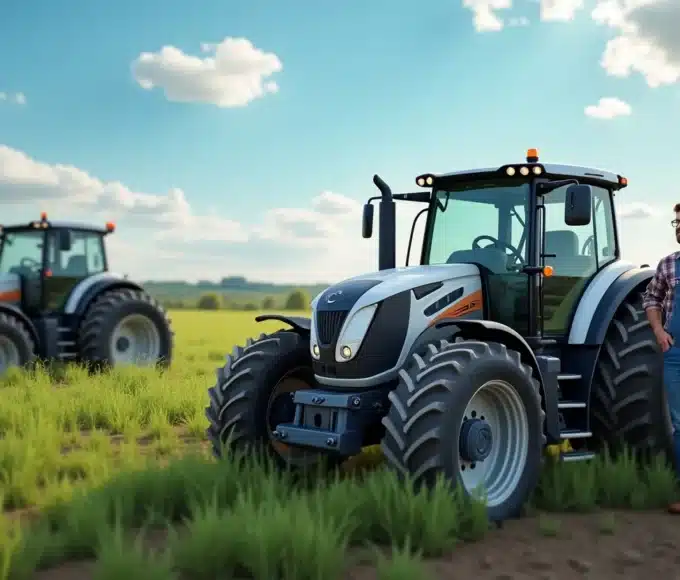
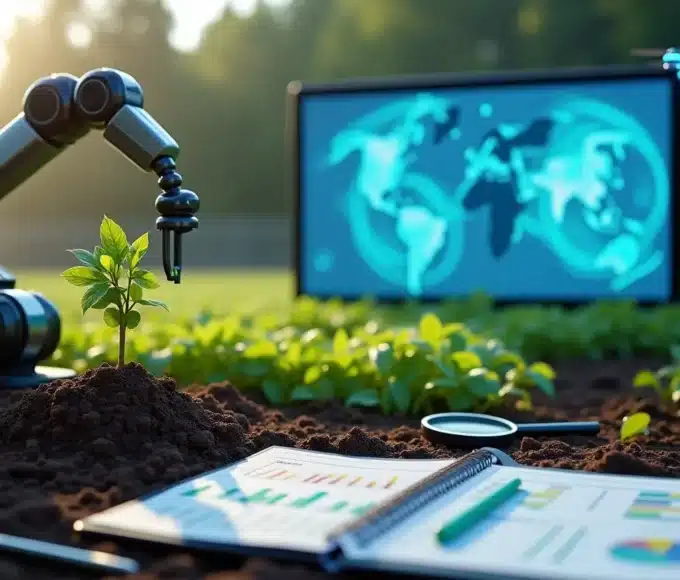
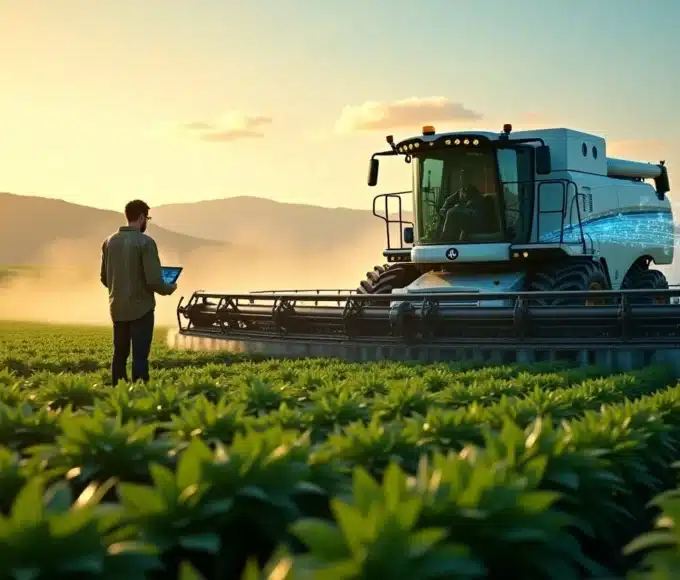
Leave a comment